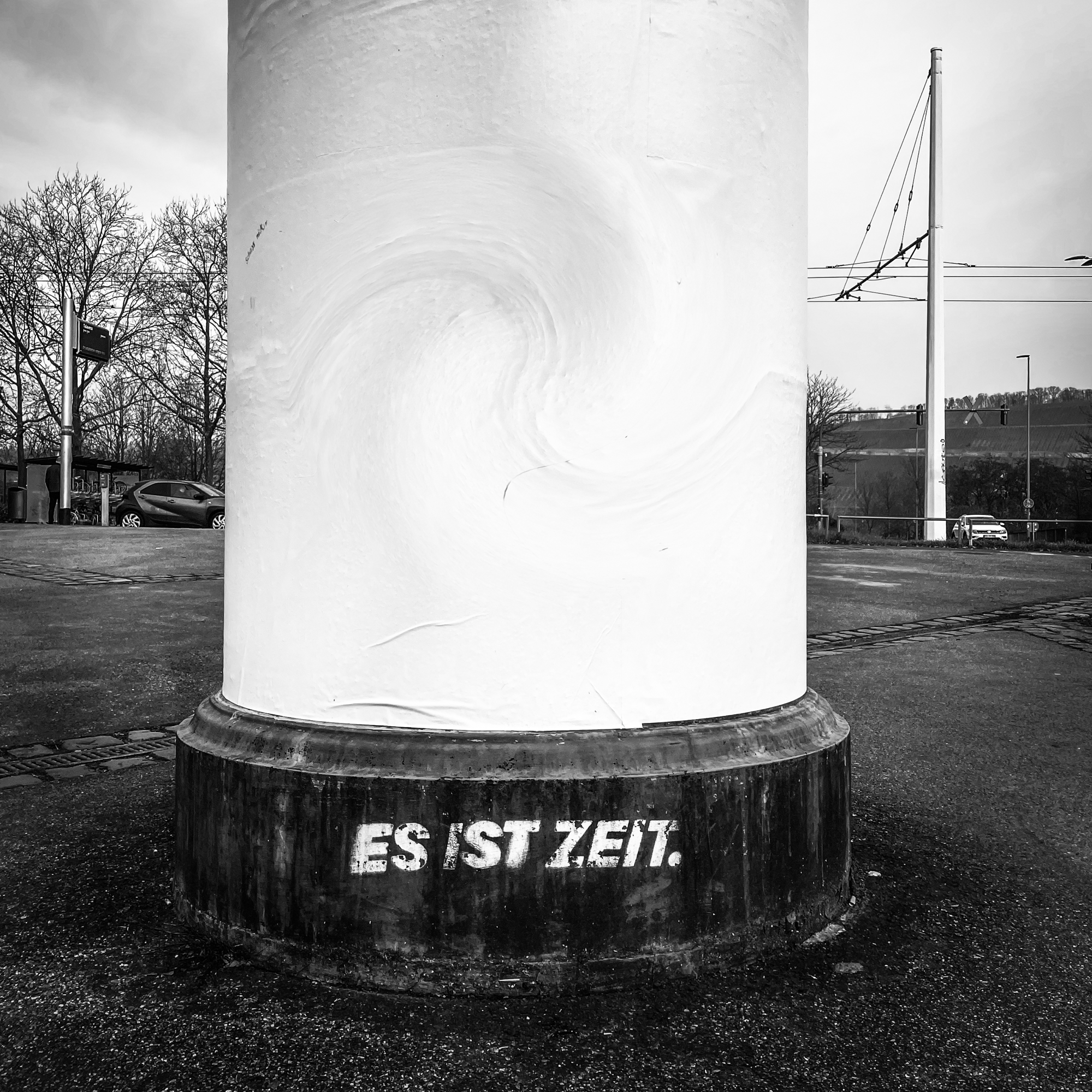Content: Photography, Field-Recordings, Collagen, Sounds, Lyrics, Texts, Maps, …
-
The Japanese City
The castle town (joka machi) was the administrative centre of a daimyo’s domain and became the characteristic form of Japanese city from the mid-sixteenth century until the Meiji Restoration of 1868. Post-station towns (shukuba machi), religious towns (monzen machi), port towns (minato machi) and market centres (ichiba machi) are other types of towns that originated…
-

Es ist Zeit …
ES IST ZEIT … spazieren zu gehen, loszugehen, aufzubrechen …